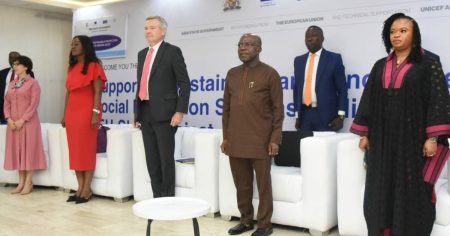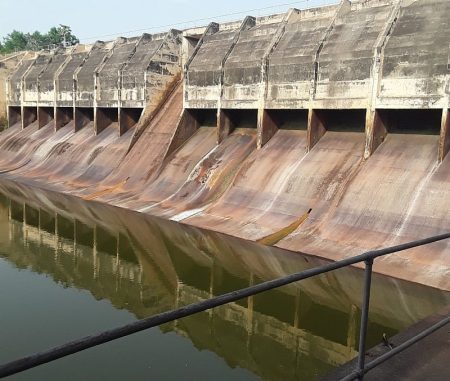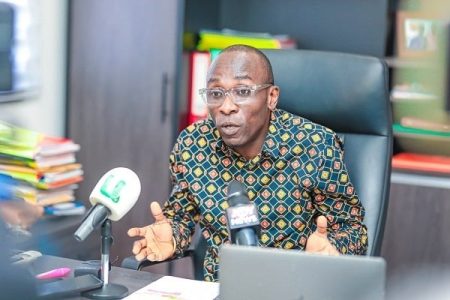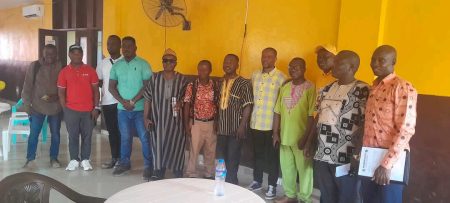Naa Puowelle Karbo III, the Paramount Chief of the Lawra Traditional Area, has raised significant concerns about the stagnation of critical development projects in his community, which he believes are vital for advancing regional growth. Among the stalled initiatives are the Technical and Vocational Education and Training (TVET) project at Tuma, the construction of the Dikpe Bridge, the Lawra Senior High School Assembly Hall complex, Zambo Girls Senior High School, and the Emergency Ward of the Lawra Municipal Hospital. These projects, along with other infrastructure developments, have seen no progress in their implementation, leading Naa Karbo III to express deep disappointment. This lamentation came during the 46th Kobine Festival, celebrated with the intent of honoring ancestors and acknowledging the diligent work of farmers who persevere despite numerous challenges in agriculture.
The Kobine Festival represents an important cultural event for the Chiefs and people of the Lawra Traditional Area, drawing attendance from government officials, representatives of various NGOs, and even individuals from neighboring Burkina Faso. The festival not only serves as a moment of reflection and gratitude for past efforts but also highlights the community’s aspirations for upcoming harvests. As cultural performances and hunting expeditions enliven the celebration, the chief is reminded of the pressing need to accelerate the completion of stalled projects to benefit the community holistically. His appeal to both the government and implementation agencies underscores a desire for collaborative action to facilitate development and improve living standards in the Lawra Municipality.
In expressing gratitude for past government interventions—like the Gulf of Guinea Social Cohesion (SOCO) project—and recognizing the District Roads Improvement Project (DRIP) as a pivotal step toward augmenting rural economic growth, Naa Karbo III reiterates the need for a more robust commitment to these efforts. He stresses the importance of managing newly introduced equipment responsibly to maximize their potential impact. Despite commendations for the government’s initiatives, the chief reminds stakeholders of their shared responsibility in driving local development, expressing a desire for swift action on the identified stalled projects to restore faith in the progress of the region.
The chief also acknowledged the vital role of NGOs and development partners in enhancing the living conditions of the Lawra community. He contended that without the support and contributions of these organizations, the government could struggle to achieve meaningful progress. His appeal for better coordination among NGOs illustrates a recognition that maximizing the effectiveness of development efforts requires synergy and teamwork across all involved parties. Naa Karbo III’s insights reflect a broader understanding of community development that encompasses various organizational stakeholders working toward collective goals.
During the festival, the Vice President of Ghana, Dr. Mahamudu Bawumia, conveyed his message through Upper West Regional Minister, Mr. Stephen Yakubu, reinforcing the importance of NGOs in national development. The Vice President articulated how NGOs provide critical resources—financial, technical, and logistical—that bolster the public sector’s capabilities. He emphasized the government’s ongoing commitment to improving the livelihoods of citizens through targeted interventions across agriculture, health, education, and economic domains, aligning with the concerns raised by Naa Karbo III.
In summary, the 46th Kobine Festival served as a platform for both celebration and critical reflection on the development trajectory of the Lawra Traditional Area. Naa Karbo III’s call to action for stalled projects highlights the pressing need for collaboration among governmental agencies, NGOs, and community members. As both public and private sector stakeholders are urged to redouble their efforts to improve living standards and address current challenges, the festival ultimately underscores the interconnectedness of cultural heritage and development aspirations in the Lawra Municipality.














